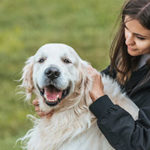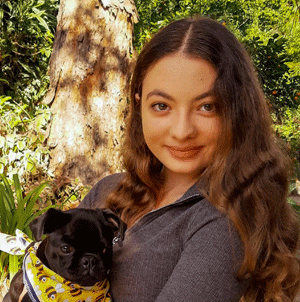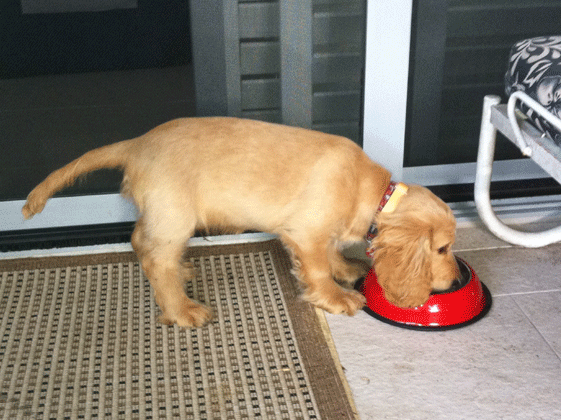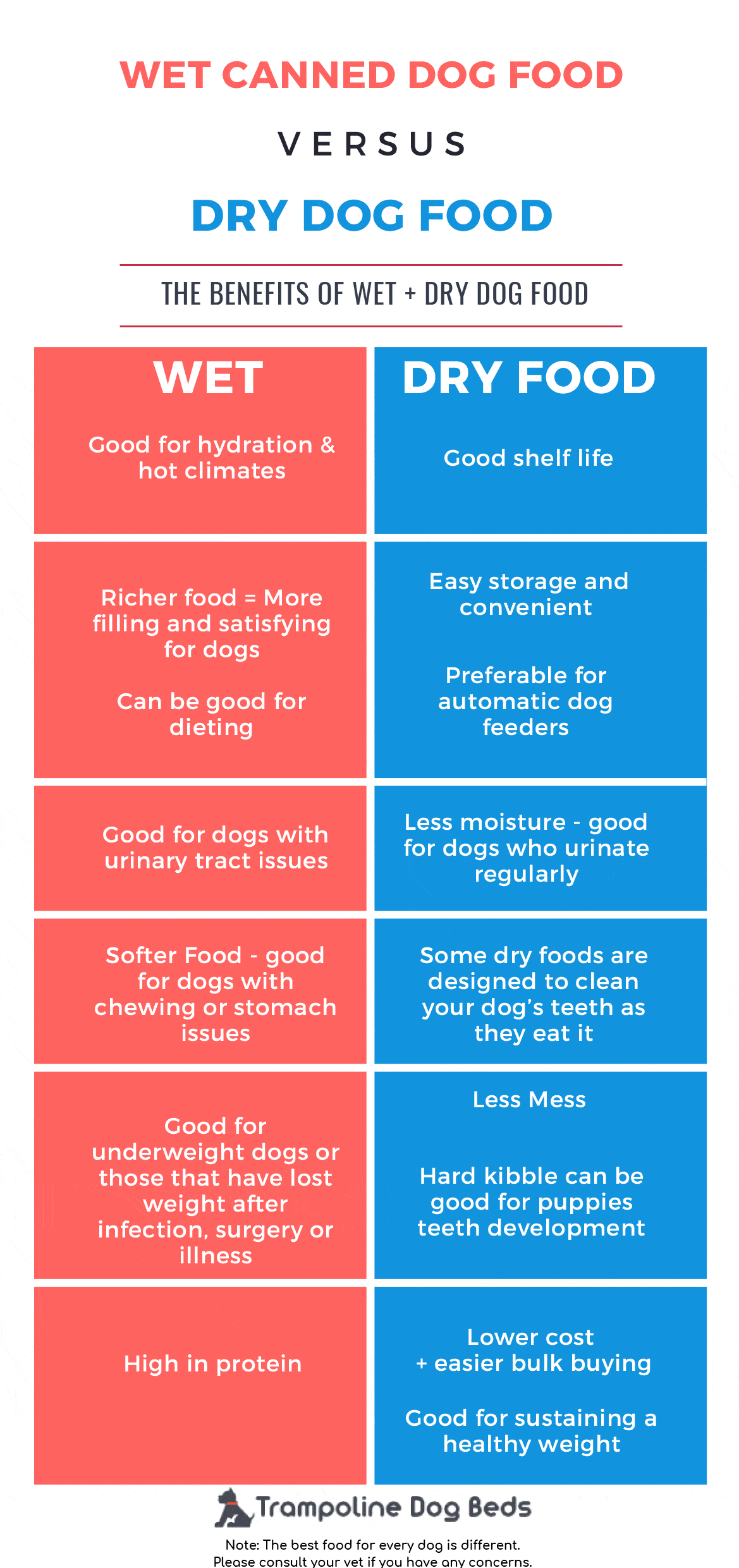If you’ve found information on wet and dry dog foods from different sources confusing, this article should clarify the answer for you. We’ve collated the research to give you a clear picture of the advantages and disadvantages of each type.
We start with the dry dog food vs canned food comparison table to show when it’s most beneficial to feed your dog each type of food to answer the age-old question ‘what’s the best dog food for my dog?’
| Canned dog food (wet) | Dry dog food | |
|---|---|---|
| Good for hydration & hot climates | Good shelf life | |
| richer food = more filling and satisfying for dogs | Easy storage and convenient | |
| Can be good for dog to lose weight, a smaller amount = more filling | Preferable for automatic dog feeders | |
| Good for dogs with urinary tract issues | Less moisture - good for dogs that urinate frequently | |
| Softer food - good for dogs with chewing or stomach issues | Some dry foods are designed to clean your dog's teeth as they eat it | |
| Good for underweight dogs or those that have lost weight after infection, surgery or illness | Less mess | |
| High in protein | Hard kibble can be good for the development of puppies teeth | |
| Lower cost + easier bulk buying | ||
| Good for maintaining a healthy weight |
By the way this article contains affiliate links. If you make a purchase after clicking on a link I may earn a small commission at no extra cost to you. We only suggest products that we believe benefit our community of dog owners. Thanks for your support.
Whether you want nutrition-packed dry food or canned wet food brands, our research on the best brands are here to help out.
Canned dog food and kibble guide
What’s the best wet food for adult dogs?
Try Optimum – Wet Dog Food Adult Beef Rice. It’s Australian made with no artificial colours or flavours. This canned dog food provides a balanced diet suited to all adult dogs of any breed.
What’s the best dry food for adult dogs?
Check out Instinctive Bite – Grain Free Adult Dry Dog Food Chicken Sweet Potato. This dry food is gluten, grain and preservative free. The recipe should suit almost any adult dog as it’s designed for dogs of any size.
Older dogs have specific dietary needs.
It’s important to note that every dog has different needs. Each of the 8 points below explores the positives and negatives of both types of food.
Remember that your dog’s needs will change over time. If you notice a change in activity, lifestyle or simply the little changes as your dog ages, refer back to this article for more information. Check out our other blog posts and most importantly, discuss any concerns with your vet.
Let’s dive into the detail.
1. Hydration
One of the key differences between wet and dry food is moisture and hydration.
Wet food contains a high amount of water and protein which is great for your dog’s hydration and diet. Dogs that don’t drink enough water or live in a hot climate will benefit from having wet food because of the added water intake.
2. Shelf life and convenience
A downside of tinned wet food is that it doesn’t have a long shelf life. Most wet food products recommend only keeping a can open for a maximum of 4 days. This time period may be fine if you purchase smaller cans (but these are more expensive) or if you go through food quickly because you have more than one dog.
But in terms of getting bang for your buck, wet food cans have a short shelf life . The costs and wastage can add up over time. Many dog owners find dry kibble easier to store and more convenient.
3. Cost
Wet food is often more expensive than dry kibble. Bulk dry dog food purchasing is also more readily available than bulk wet food. So you can purchase larger amounts at a lower cost – which is great if you own more than one dog!
4. Automatic feeders
Dry food is generally better for automatic feeders. If you’re going out one night and won’t be back to feed your dog for dinner or you prefer to sleep in and let your pup be fed via an automatic feeder – the ideal food is dry kibble. This is due to the design of most automatic feeders. Another important consideration is that wet food may require refrigeration, which typically isn’t possible in a food dispenser.
5. Messy eaters
Some dogs make a mess when they eat and this can be tough to control. Dry kibble gets the vote over wet food for dogs who are messy eaters. Dry kibble is less likely to spill, and is much easier to clean up.
6. Health & Dental issues
If your pup is unwell, has trouble chewing or a sensitive stomach wet food can be the better, softer, safer choice. But too much soft food can lead to dental issues. As puppies’ teeth develop, they benefit from harder foods like kibble. Adult dogs’ teeth also benefit from dry kibble as some dry foods are designed to clean your dog’s teeth as they eat it.
7. Weight issues and protein
Wet food generally contains a higher fat content but this is not always a bad thing. As canned food is often richer, it can be more filling for dogs. This can be helpful if you’re trying to encourage your dog to lose weight. You can then feed your dog a smaller amount of wet food containing fewer calories, but it will be more filling.
Wet food is good for dogs that are underweight or have lost weight after infection, surgery or illness.
Dry foods are often best for sustaining a healthy weight, but sometimes have lower protein levels which are required for your puppy’s development. You will need to consider what stage of life your dog is at and adapt their diet as they grow and mature.
8. Urinary issues
Dogs who need to urinate regularly may find eating dry kibble (which contains less moisture) helpful in reducing their need to urinate.
But dogs that suffer from urinary tract issues will likely benefit from wet foods, as the higher levels of moisture can help their urinary problems.
To summarize – what food is best for my dog?
When it comes down to it, many experts say there are no major differences between the canned wet food and dry kibble. In the end, it all depends on your dog’s needs and preferences, as well as your lifestyle.
As your dog grows and their needs change, so might their diet. Be sure to check out our free printable which lists the specific benefits of wet and dry food for your dog.
Many dog owners give their furry friends a mix of both wet and dry food to add variety and ensure they meet all their dog’s nutritional needs.
It’s important to note that it’s not necessary to feed both types of food to ensure your dog has a balanced well-rounded diet, but quality of food is important.
You might also like
 Long Handled Dog Pooper Scooper Set
Long Handled Dog Pooper Scooper Set Nutrition for Old Dogs : Dog Food and Supplements
Nutrition for Old Dogs : Dog Food and Supplements Transforming Pet Mobility with Dog Strollers and Trailers
Transforming Pet Mobility with Dog Strollers and Trailers Most Dangerous Foods for Dogs and 5 of the Best
Most Dangerous Foods for Dogs and 5 of the Best Best Dog Poo Bags – Compostable, Biodegradable, Scented and Budget Priced
Best Dog Poo Bags – Compostable, Biodegradable, Scented and Budget Priced Pooper Scooper to Attach to a Leash
Pooper Scooper to Attach to a Leash How to Get Your Dog to Sleep Later in the Morning
How to Get Your Dog to Sleep Later in the Morning Beds for Special Pooches
Beds for Special Pooches Electric Heated Dog Beds
Electric Heated Dog Beds Pain Relief Options For A Dog With Arthritis
Pain Relief Options For A Dog With Arthritis



